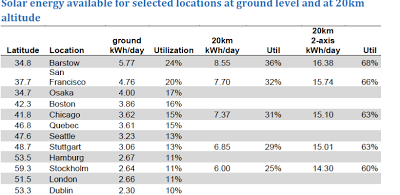Peanut Allergy Turned Off by Tricking Immune System
Researchers have turned off a life-threatening allergic response to peanuts by tricking the immune system into thinking the nut proteins aren’t a threat to the body, according to a new preclinical study from Northwestern Medicine. The peanut tolerance was achieved by attaching peanut proteins onto blood cells and reintroducing them to the body — an …







